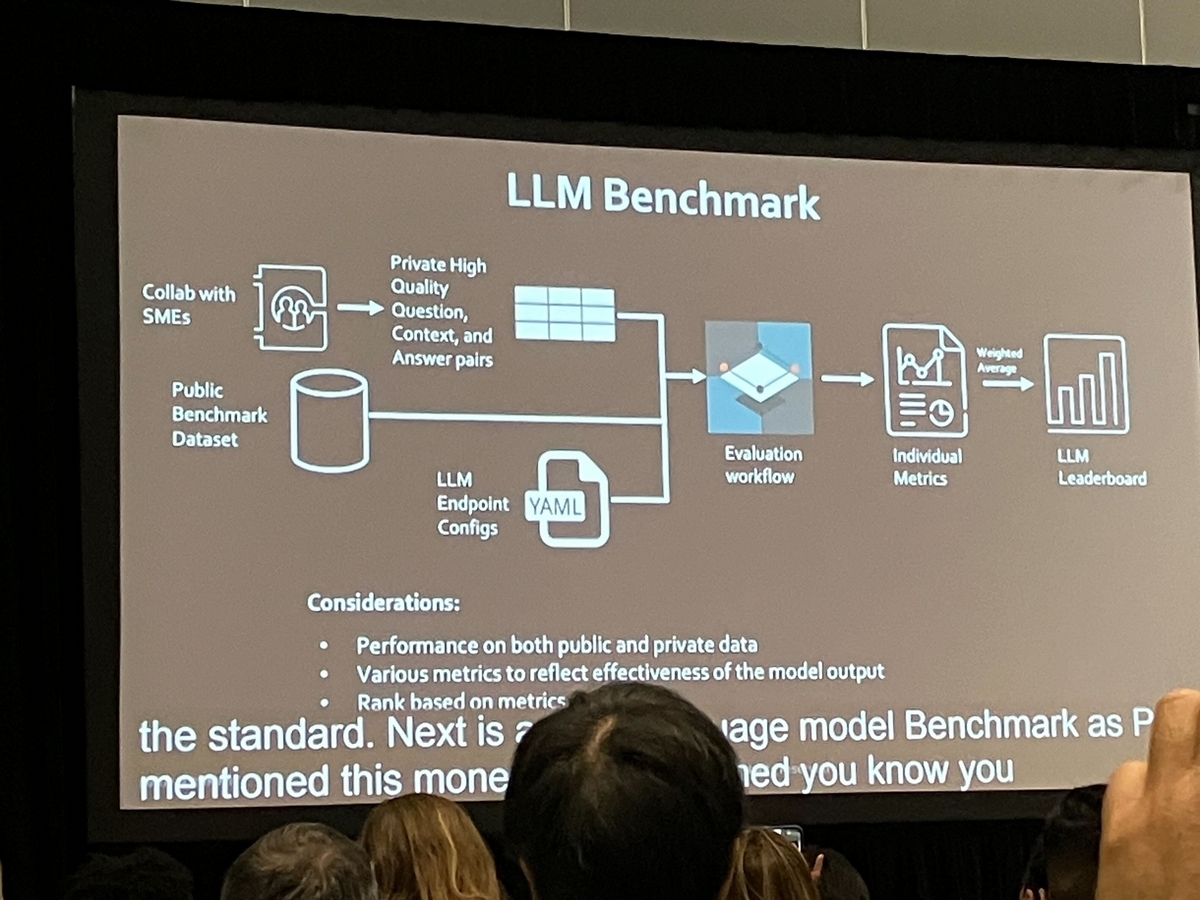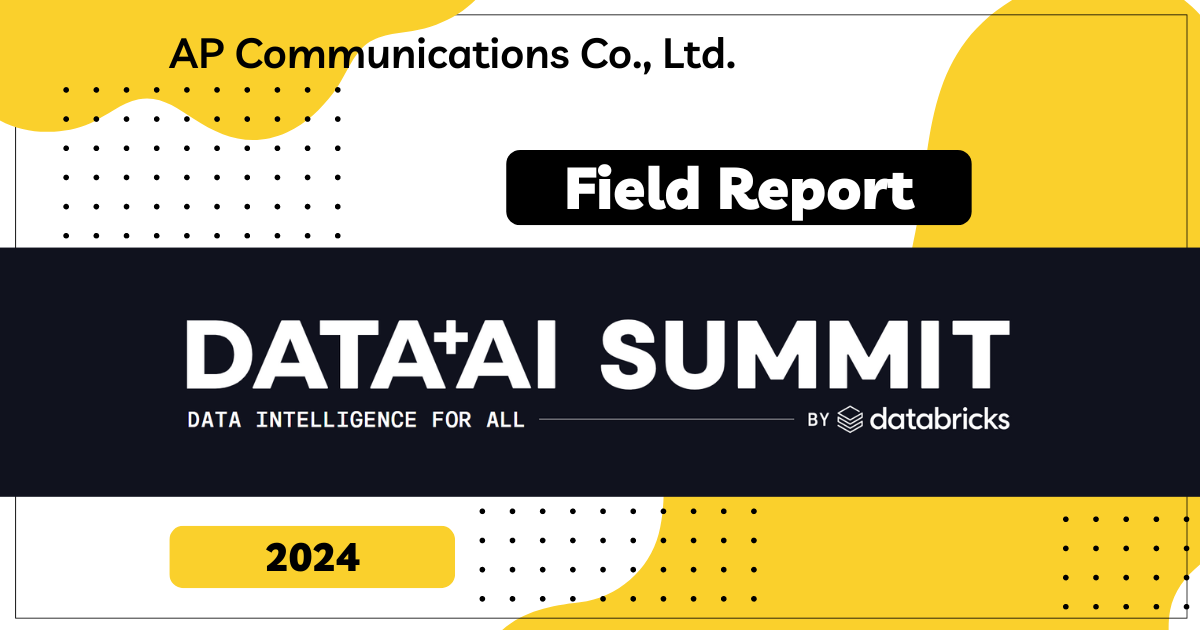
Preface
In the financial and insurance industries, where customer service demands swift and accurate responses, our company has implemented a Retrieval Augmented Generation (RAG) system. This AI-driven solution leverages deep learning technology to quickly retrieve contextually appropriate answers from a vast database of unstructured data, significantly enhancing customer interactions. While the adoption of RAG has achieved considerable technical and operational success, it has also brought about several challenges.
A primary challenge during implementation was establishing a seamless data pipeline that transforms articles from an unstructured knowledge base into structured embeddings stored in a vector store. User queries are transformed into embeddings using an embedding model, followed by similarity searches in the vector store to retrieve the most relevant documents. These documents are then used to enhance machine-generated responses, ensuring accuracy and context-appropriateness.
Handling the volume and diversity of data, ensuring the accuracy of embeddings, and maintaining swift responses were significant challenges. Embeddings must be accurate to retrieve relevant data, requiring meticulous tuning and frequent updates on a large scale.
Furthermore, integrating RAG into existing infrastructure posed unique challenges. This required significant modifications at both the hardware and software levels, demanding careful planning and execution to minimize disruptions to existing services.
Our work with RAG exemplifies finding a balance between integrating cutting-edge AI technology and addressing the practical realities of implementing such solutions in a dynamic business environment. Enhanced customer satisfaction and operational efficiency attest to the transformative potential of generative AI in customer service operations.
Optimization of Customer Service Efficiency through the Retrieval Augmented Generation (RAG) System
The Importance of Data Optimization and Team Collaboration
The introduction of the Retrieval Augmented Generation (RAG) system within financial or insurance companies provides a significant case study in enhancing customer service efficiency. The main challenges lie not only in handling the data but also in transforming it to improve operational efficiency. This transformation process involves enriching data with additional metadata and implementing data chunking strategies. These strategies allow data to be efficiently stored in vector databases in an embedded form, optimizing accessibility and usefulness.
The Importance of Re-extraction Strategies and Storage Solutions
A critical operational challenge identified was the need to re-extract data during changes in data chunking strategies or retrieval techniques. To mitigate this, the integration of Unity volume and S3 storage solutions played a crucial role. These solutions allow teams to securely store original content in storage volumes, enabling easy re-extraction of information as needed without repeated access to the source systems. This strategic choice not only ensures data integrity and accessibility but significantly enhances the efficiency of the RAG system.
By focusing diligently on data optimization and promoting strong team collaboration, the implementation of the RAG system has significantly improved data management and the quality of customer service. The synergy between advanced technology and effective teamwork strategies plays a pivotal role in driving operational excellence in the customer service environment.
Demonstration and Advanced Technologies
During the session segment “Accelerating Operational Excellence with Generative AI,” we focused on the processing and analysis of PDF documents containing complex structural elements. A detailed live demonstration was conducted, transferring substantial knowledge and effectively capturing the audience’s interest. The key steps covered during this demonstration are as follows:
Selection and Review of PDF Documents Initially, the presenter selected various PDF documents known for their complex structures. Specific PDFs were chosen to exemplify their structure and content during the demonstration, helping the audience relate the task to real-world applications directly.
Extraction and Conversion of Images Advanced models, particularly Plot3 and TPT4, were used to extract images from the selected PDF documents and convert them to Markdown format. This process vividly demonstrated how advanced language models interpret image-based information and transform it into usable text formats, illustrating the practical use of generative AI in document processing.
Saving Data to the Vector Store After conversion, the Markdown format data was stored in the vector store. This method significantly facilitates the searchability and reusability of data, contributing to the overall system efficiency. This exemplifies how modern technological solutions optimize data management.
Interactive Live Demonstration Practice Presenter Jen conducted a live demonstration, effectively executing the explained pipeline while interactively discussing each phase. This real-time demonstration allowed attendees to witness оперational stages directly and understand how each component could be applied in actual business scenarios.
This segment deepened attendees' understanding through a hands-on demonstration of handling PDF documents, showcasing innovative applications of technology in operations and igniting discussions on how these can be applied innovatively in the financial and insurance sectors.

About the special site during DAIS
This year, we have prepared a special site to report on the session contents and the situation from the DAIS site! We plan to update the blog every day during DAIS, so please take a look.